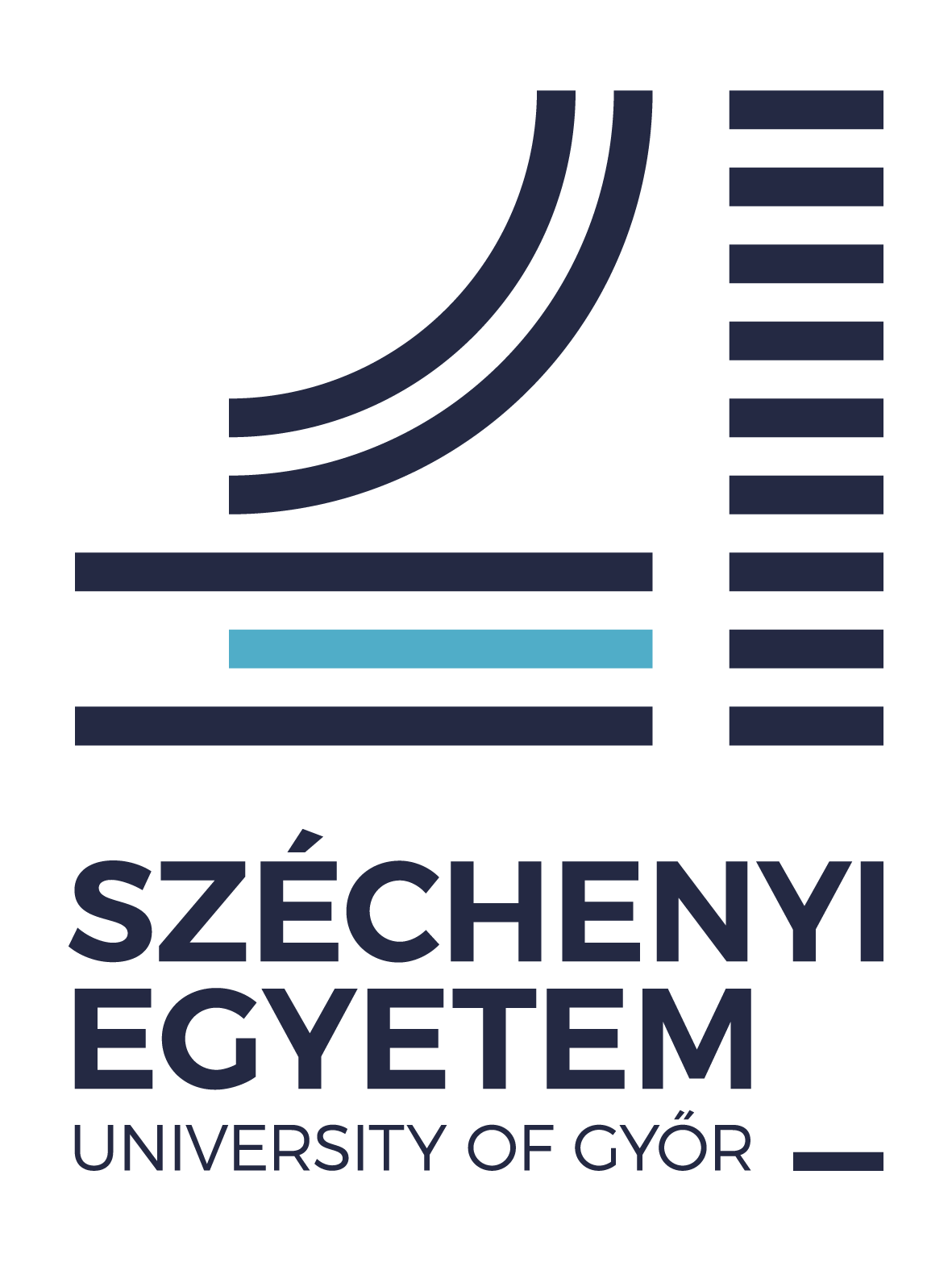Development of a new wear test method for hot forming
Keywords:
material flow, wear, upsetting, die surface, friction coefficientAbstract
Utilization of the lifetime extension possibilities of forming dies is one of the key questions in the economic production of forged products. Failure of the shaping surfaces is mostly due to wear processes (in about 70% of the cases) [1]. In order to calculate wear and to check experimentally the calculations the upsetting technology performed between parallel pressing plates has been chosen, which is used at the forging factory of Rába Axle Ltd. as a pre-upsetting (scale removing) step using robot technology. Local wear depth has been calculated by the Archard wear model. In order to apply the wear model one has to know the displacement field at the contact of the part and the pressing plate, the temporary pressure distribution and the wear coefficient characteristic of the die, depending on the working temperature of the die. In order to define the inter-dependent displacement fields the material flow has been mathematically modeled. Developing further the selected mathematical model, based on the largest diameter of the barreling part the approximate value of the friction coefficient has been determined, which is necessary to define the temporary displacement field and the temporary pressure values. We have also attempted to determine the wear coefficient experimentally. When evaluating the experiment special macro- and micro-geometrical tests were used. In order to solve the mathematical model numerically a program was written using the Mathcad software.Downloads
Download data is not yet available.
Downloads
Published
2013-04-15
How to Cite
Tancsics, F., Solecki, L., & Halbritter, E. (2013). Development of a new wear test method for hot forming. Acta Technica Jaurinensis, 6(2), pp. 3–20. Retrieved from https://acta.sze.hu/index.php/acta/article/view/47
Issue
Section
Vehicle, Mechanical Engineering and Mechatronics



